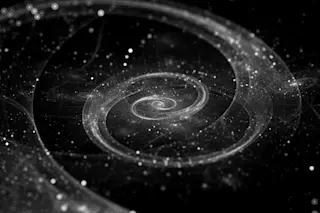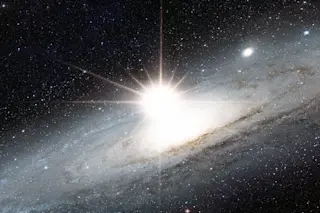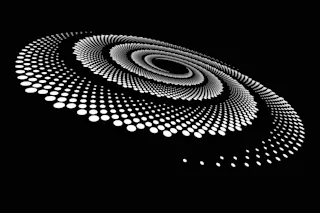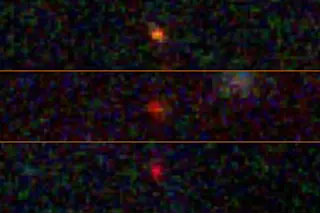The XENON1T dark matter experiment consists of a giant vat of liquid xenon in an underground chamber beneath the Gran Sasso mountain in Italy. Its task is to search for evidence of dark matter that astronomers cannot see but think fills the universe.
Because the Solar System is moving rapidly through the universe, the Earth ought to be ploughing through this ocean of dark matter. So any dark matter collisions inside XENON1T should come from our direction of travel.
But there is a problem with XENON1T, and other dark matter detectors like it. Although it ought to be able to see evidence of dark matter particles, it cannot tell which direction they are coming from. And that places significant constraints on what physicists can deduce from the data. What they’d like instead is a detector that can map the tracks that dark matter particles make as they pass through.
Now ...














